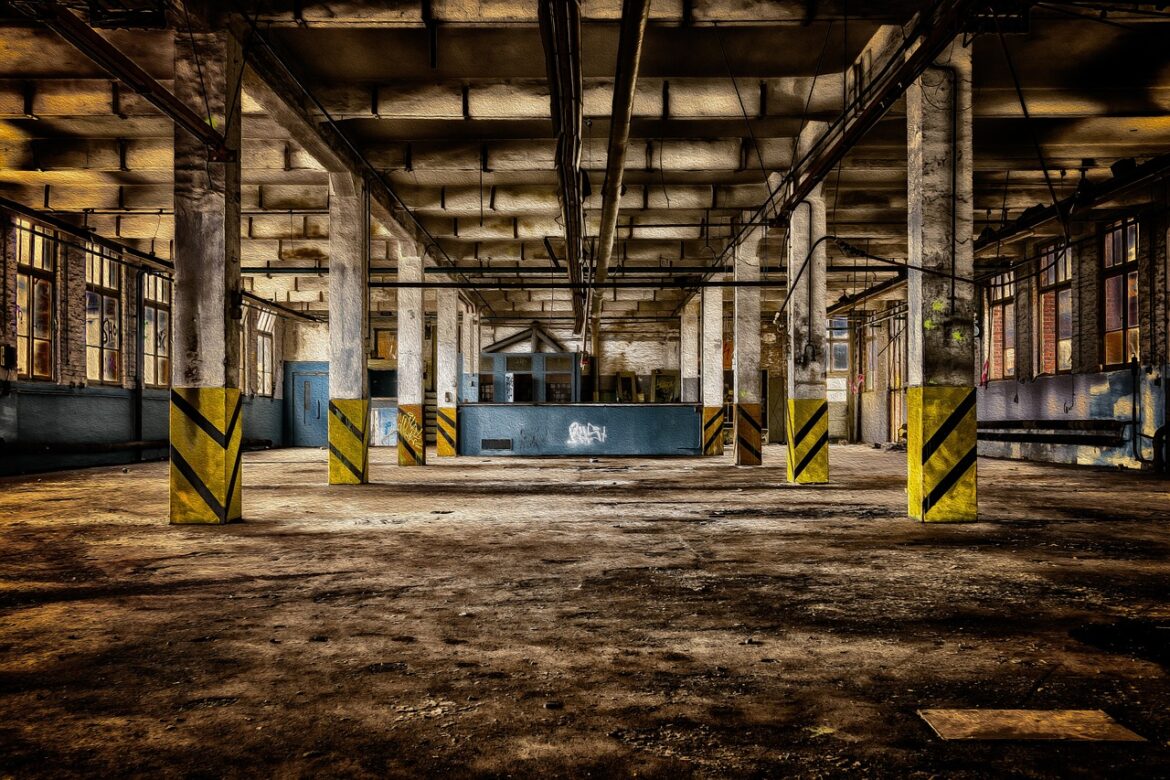Manufacturing in a Time of Change
Manufacturing is facing new challenges and opportunities as government policies evolve. Here are some key trends in the administration’s approach to manufacturing.
1. Tariffs and Relocation Challenges
When we think about manufacturing, we often wonder if tariffs can really encourage companies to bring their factories back home. President Trump believed that hefty tariffs could prompt businesses to relocate, creating more jobs and bolstering national security. However, experts argue that changing tariff policies can lead to uncertainty, making it tough for firms to plan long-term commitments.
Imagine building a factory; it’s not something you can do overnight. The cost of labor in the U.S., compared to other countries, is also a significant factor. If companies do decide to return, it won’t happen quickly—the process would take years, and even then, consumer prices might rise due to higher production costs.
2. Manufacturing Extension Partnership Cuts
The Trump administration recently stopped funding for ten Manufacturing Extension Partnership (MEP) programs. These programs have been vital in supporting small manufacturers, helping them compete, innovate, and create jobs. Their impact has been substantial, contributing billions in sales and saving costs for many businesses.
Rep. Grace Meng criticized this decision, stating, “You can’t claim to champion American manufacturers while dismantling the programs that help them survive.” Program cuts like these can hinder the growth of smaller manufacturers, who rely on such support to stay competitive.
3. Small-Scale Manufacturing: The Future Promise
While large-scale manufacturing grabs headlines, small-scale operations offer a quicker route to ramping up production and adapting to market changes. These smaller players were crucial during the COVID-19 supply chain disruptions. Policymakers are beginning to recognize the potential of small-scale manufacturing to create jobs and stimulate local economies.
Think of it like a nimble, agile sports team versus a slower, heavier giant. In today’s fast-paced world, agility often wins out. Government support for small-scale manufacturing could offer a fresh path forward for manufacturing innovation.
4. National Economic Security and Coal
President Trump has been focused on enhancing U.S. national security through domestic manufacturing. An executive order has positioned coal as central to this effort, aiming to boost the AI-driven economy and revive domestic industries. This move has raised eyebrows, as it intertwines energy security with manufacturing growth.
It’s a bold strategy to power AI manufacturing with coal, reclassifying it as a mineral. This approach seeks to secure the country’s economic future by leveraging domestic resources, but critics will be watching closely to see if it delivers as promised.
5. Chemical Industry Revitalization
A recent survey highlighted the importance of the U.S. chemical industry in driving economic growth, innovation, and national security. Americans see expanding chemical production as a way to create jobs and stimulate investment, but this growth must be balanced with environmental and health considerations.
The EPA’s role in managing regulations like the Toxic Substances Control Act (TSCA) is crucial. Reforming TSCA could help the chemical industry thrive while maintaining safety standards. It’s a delicate balance between economic push and environmental responsibilities.
Conclusion
Manufacturing policies are constantly evolving, reflecting both political priorities and economic realities. As the U.S. navigates uncertainties around tariffs, manufacturing partnerships, and the role of fossil fuels, small-scale production and innovation stand out as promising paths forward. Balancing economic ambitions with environmental concern will be the defining challenge for the industry’s forward march.
References:
- https://abcnews.go.com/Politics/trump-tariffs-entice-companies-expand-us-manufacturing-economic/story?id=120635951
- https://www.manufacturingdive.com/news/trump-administration-kills-funding-for-10-manufacturing-extension-partnership-programs/744816/
- https://www.governing.com/management-and-administration/our-priority-should-be-small-scale-manufacturing
- https://www.americanchemistry.com/chemistry-in-america/news-trends/press-release/2025/americans-agree-chemistry-is-essential-fix-tsca
- https://www.nssf.org/articles/nssf-2025-congressional-fly-in-kicks-off-new-pro-industry-administration/
- https://www.sandiego.gov/sites/default/files/2025-04/esd-operational-efficiency-analysis.pdf
- https://www.hklaw.com/en/insights/publications/2025/04/reframing-coal-executive-order-aims-to-power-ai-manufacturing
- https://www.bolton.com/sites/default/files/2025-04/bolton-sustainability-report_2024.pdf



